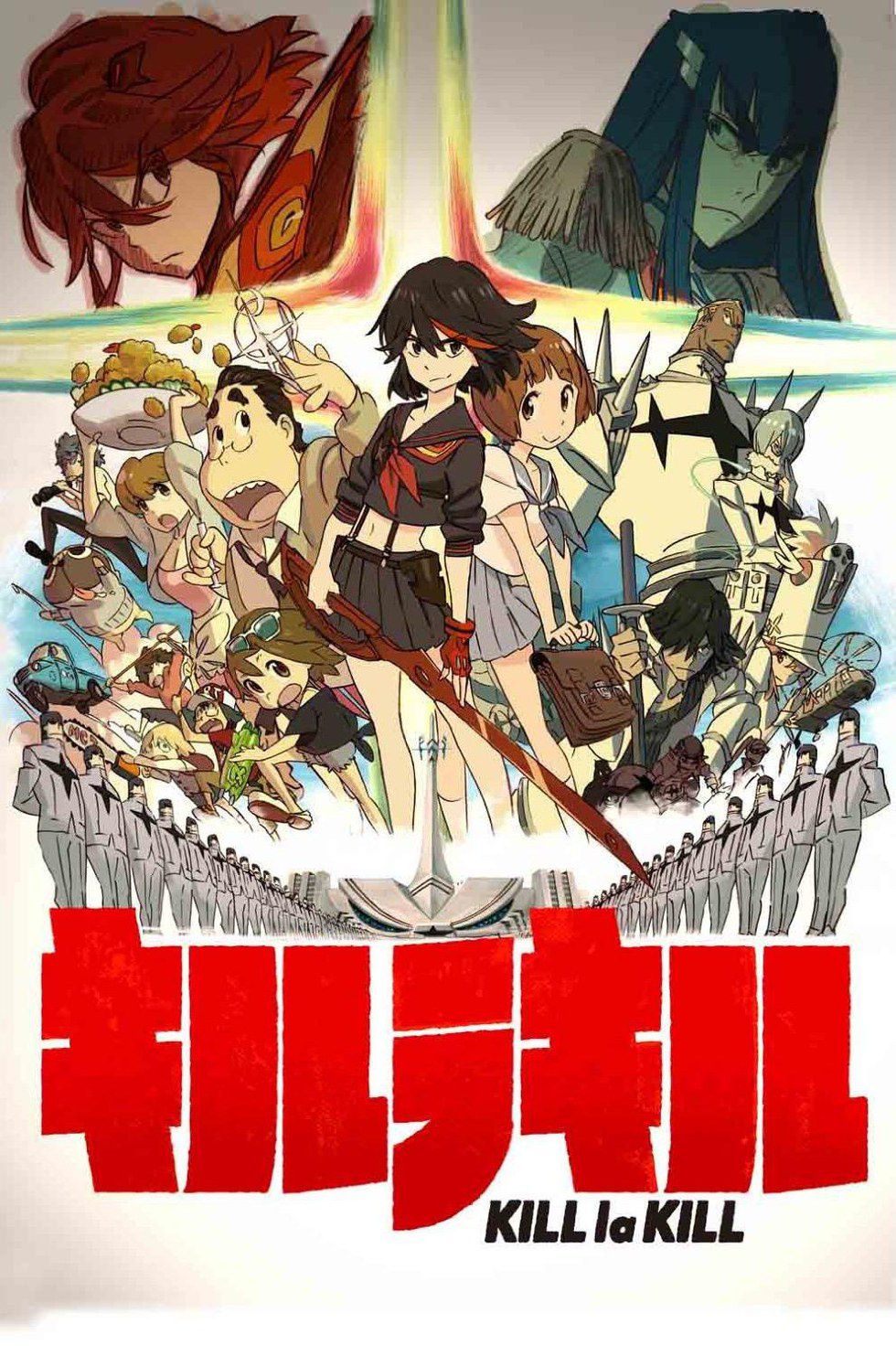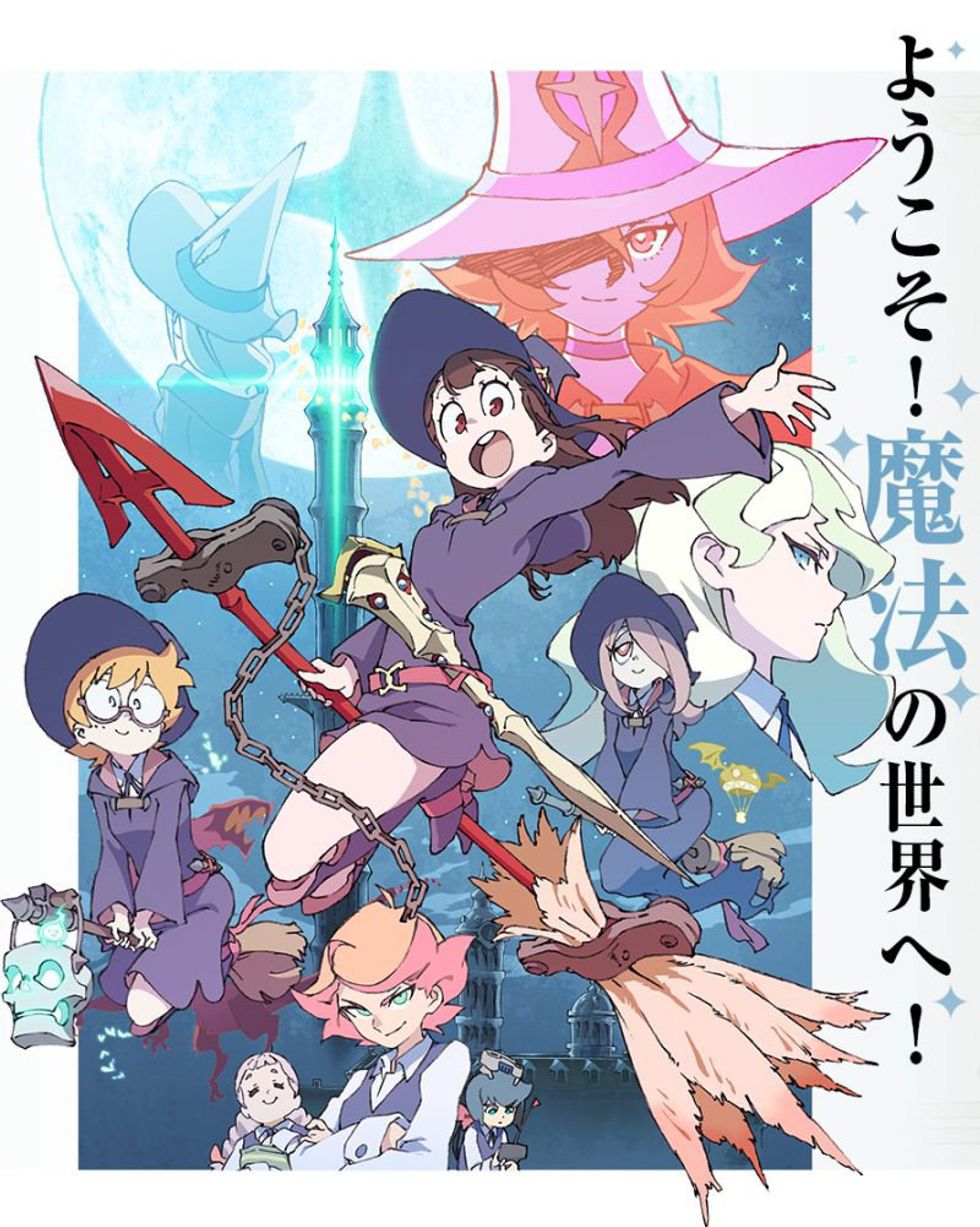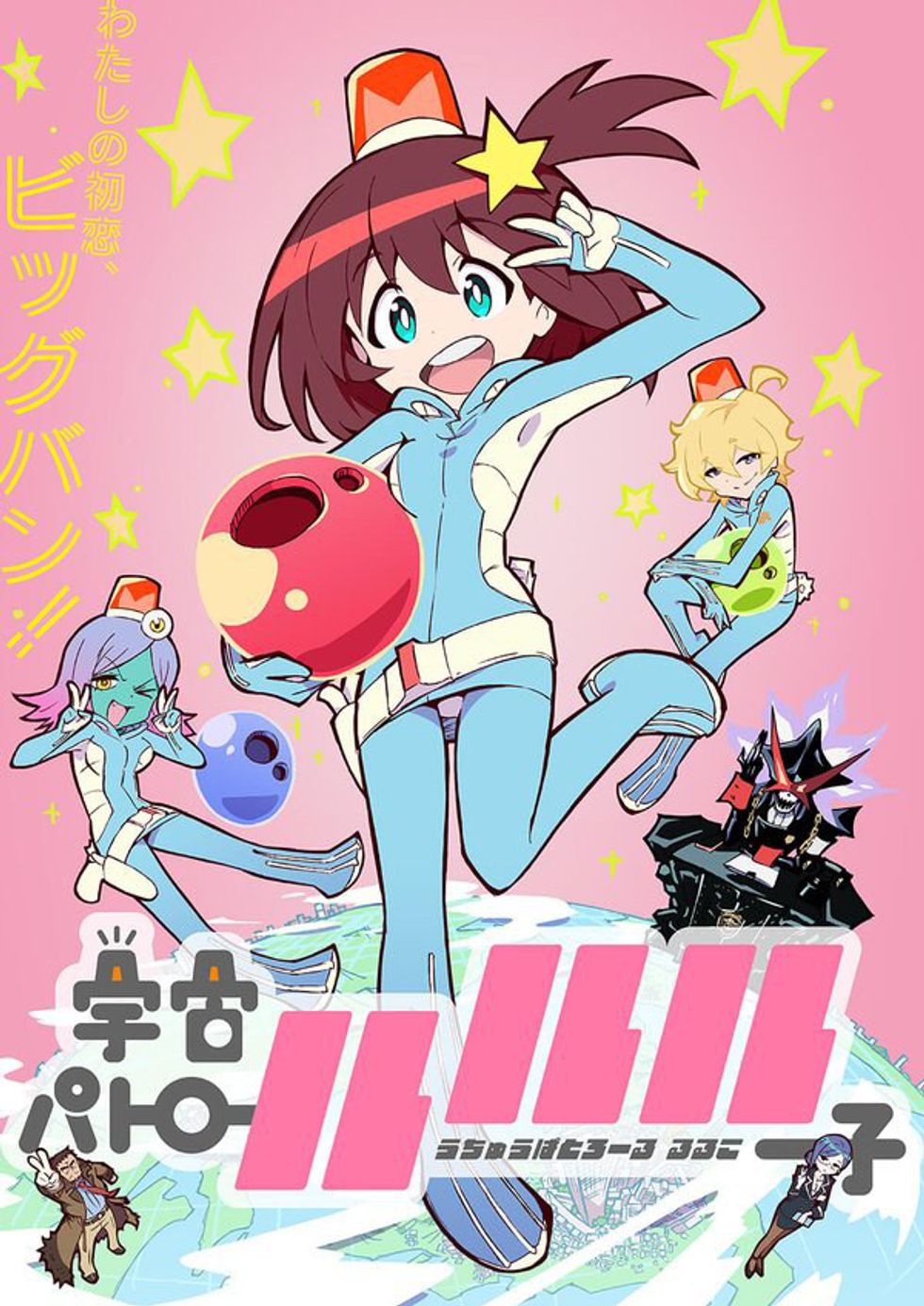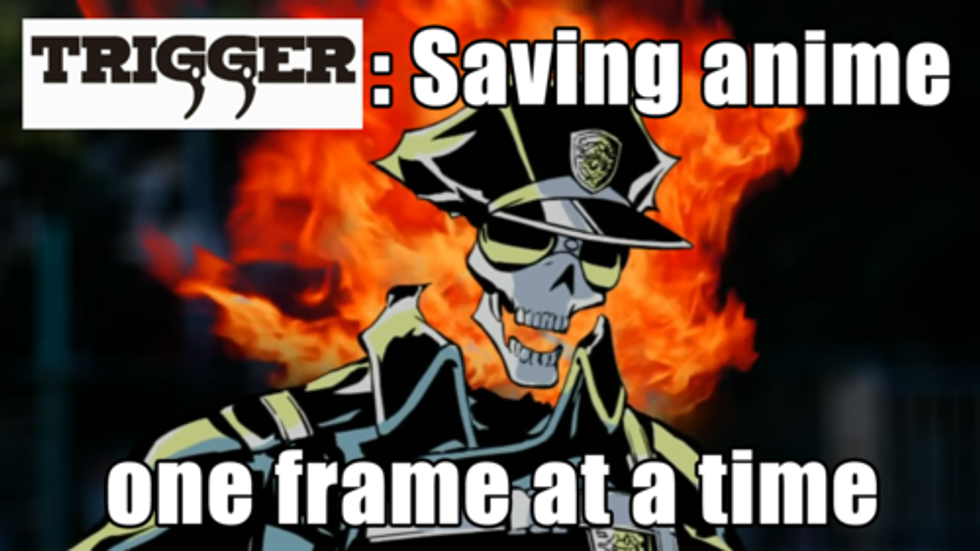The anime industry has a long history, dating back decades. With a continually growing audience to appeal to, it’s no surprise there’s also been an increase in the number of anime studios looking to make a big hit with the fans. Compared to other big-name anime production studios like Kyoto Animation, Madhouse, Toei Animation, or the ever-esteemed Studio Ghibli, Studio Trigger is the upstart newcomer in the anime scene.
Studio Trigger was established in 2011 by former employees from Studio Gainax—another of the larger studios that created anime such as Neon Genesis Evangelion, FLCL, and Tengen Toppa Gurren Lagann. If you have heard of Trigger before, then it’s most likely due to the popularity of Trigger’s breakthrough hit, Kill la Kill. While it’s only been a handful of years since Trigger’s inception, having a smaller staff size doesn’t mean that they can’t make some really great anime.
Kill la Kill was one of the most popular anime during the time of its release in 2013, drawing in an incredibly large fandom. It was a refreshing sight to see for many in the anime community because of its over-the-top action and comedy, as well as reviving a sort of fun creativity that hasn’t been seen in a while.
Kill la Kill’s international success as Trigger’s first original anime television series is what really brought Trigger attention. In 2016, Kiznaiver was released as another TV series, perhaps in the hopes that it could ride on the tailwinds its predecessor’s success. However, it didn’t quite live up to the bar that Kill la Kill set. However, earlier this January, the long-awaited return of Little Witch Academia has finally become a full 25 episode series.
The history behind Little Witch Academia is just as unique as Studio Trigger itself. Little Witch Academia was originally an Original Video Animation (OVA) released in 2013 through the “Anime Mirai” project. Due to the immense support and positive response for the OVA, Little Witch Academia was set for another installment in the series. To compensate for being a new studio, Trigger made a Kickstarter campaign to help fund an extended sequel, which reached its $150,000 goal in under six hours!
There’s something special in how stylized Trigger tends to make their visuals. In an interview with Siliconera, Trigger CEO Masahiko Otsuka states that many of their projects and undertakings stem from their desire to take more risks. In doing so, they were able to gain more creative freedom to put to use in their projects. And with works as ambitious as Kill la Kill and Inferno Cop, Otsuka makes it clear that Trigger will continue to be the quirky anime studio that is sure to keep everyone on their toes.
These “creative risks” really are what gives Trigger anime its energy and pizzazz. Cel animation make up the bulk of its beautiful and fluid visuals. In the several years since Trigger made its first venture into the anime business, Trigger’s preference for exaggerated art styles has become one that is pretty recognizable with the current trend in anime. There is a clear Western influence on the character designs, such as a bold comic book look and almost cartoon-like style in anime such as Kill la Kill, Inferno Cop, Ninja Slayer and Space Patrol Luluco. Little Witch Academia has some Disney vibes going on, as well as a Harry Potter-esque influence. And yes, even My Little Pony: Friendship is Magic can be seen to have influenced the anime. Little Witch Academia’s creator, Yoh Yoshinari—one of Trigger’s key animators who was involved in Gurren Lagann, FLCL, and Evangelion—is actually a bronie, who also enjoys drawing Western cartoons.
In recent times, anime has become overrun with frustratingly dense and naïve protagonists, generic action heroes, the all-too-common romantic comedies, and harems galore. I just can’t help but feel a little disappointed in the turnout of many of the new anime that come out each season. It sometimes makes it hard to stick with an anime all the way to the finale. Seeing the kind of individuality that Trigger attempts to bring back to the anime scene is like a breath of fresh air. So while Trigger’s main repertoire of projects isn’t very large as of now, their goal of making anime with more creative freedom is one that will be very much appreciated by those searching for something new to enjoy.























